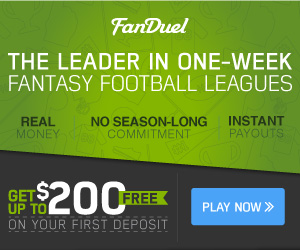Think about it: Doesn’t it make sense to make an effort to educate media similarly to the way you’d educate a prospective customer?
Industry trade shows offer the opportunity for companies to demo their latest and greatest products and personally interact with thousands of customers and prospective customers. However, they are a major investment in terms of time and resources, so you definitely want to take full advantage of any reasonable chance to promote your business.
We often see companies miss a very good opportunity that costs them very little extra in terms of time and money: They forget about media opportunities. Some do consider media, but they put time and money into a very minimal effort and just a small piece of the puzzle such as assemble product information in a document, call it a press release and assume that media will understand and appreciate its significance.
I get it…with the logistics of producing, shipping and assembling the booth, equipment and handouts, booking flights and hotel rooms, scheduling work shifts and meeting with clients, there often isn’t much time left to think about media. Having worked dozens of industry trade shows on behalf of clients, I can guarantee that having a trade show media relations strategy definitely pays off.
Influential reporters, editors, publishers, bloggers, advertising representatives and analysts all attend these trade shows. They appreciate the time and effort you take to help them learn aspects of the industry that are important to their audiences. You may or may not get immediate media coverage, but the payoff can go far beyond the walls and the timeframe of the show.
As media become more aware of you, and you hear about upcoming topics to be covered, you’re building good relationships and becoming well positioned for future coverage. You have to have an organized approach, though, and work the show. There is a lot of competition for media time.
How We Do It
We find out which media is attending and reach out to targeted individuals ahead of time. Then we explain why a meeting is worthwhile and we coordinate appointments. Of course, we make certain that the person they are meeting is prepared with key messages and a media kit that has news and relevant materials.
We run interference if the company spokesperson is tied up with a customer. We track people down if there are miscommunications or if there are individuals who have not responded. Most importantly, after the meetings we follow up to ensure that no opportunities slip away.
Don’t let media walk right by your booth on their way to hear some other company’s product news. As you go over your planning checklist for your next big show, ask yourself if you are maximizing your potential for getting media coverage.
If not, let’s talk about it. Fill out the form below and we can set up a conversation.
[gl-hs-form form_id=’1863abe3-c1e4-43d0-a298-c7b132f8ce03′]




